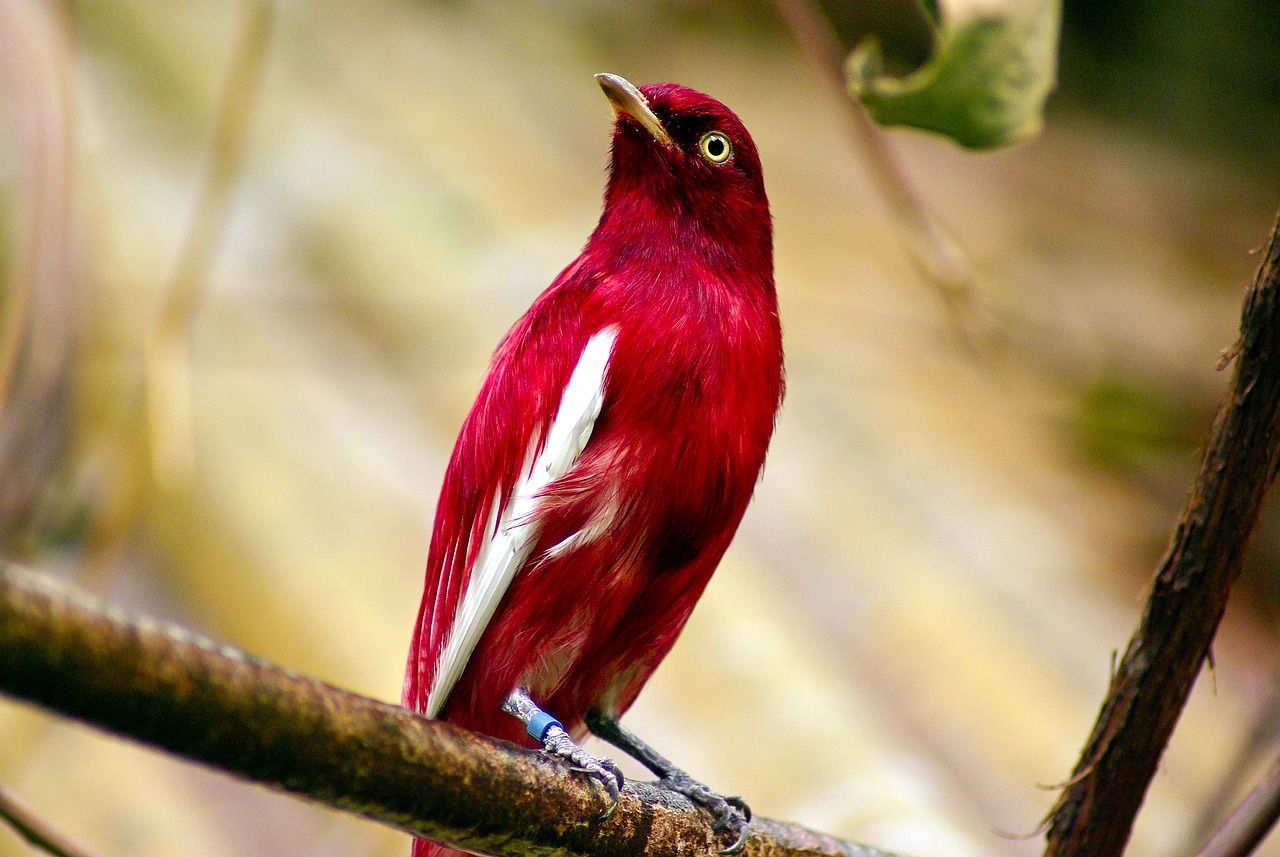Many animals try to look as imperceptibly as they can, while others have extremely bright colors.
Both approaches can be effective, but why some animals are so easily noticeable and vibrant?
Let's find out.

Sexual Selection
Bright colors often play a role in mate attraction.
Males of many species use vibrant displays to attract females during courtship rituals.
These colors can indicate genetic fitness, good health, and reproductive potential.
Peacocks, birds-of-paradise, and some fish species are known for their striking and elaborate coloration used to attract mates.
Camouflage and Warning
Some animals use bright colors as a form of camouflage or warning signals.
For example, certain insects, like butterflies or beetles, have bright colors that mimic toxic or venomous species, warning predators of their unpalatability.
This strategy, known as aposematism, deters potential predators.
Thermoregulation
Coloration can also aid in thermoregulation.
Dark colors absorb more heat, while lighter colors reflect sunlight, helping animals maintain optimal body temperature.
Some animals, like reptiles or insects, can adjust their coloration to absorb or reflect light depending on environmental conditions, aiding in temperature regulation.
Predation and Intimidation
Bright colors can serve as a form of intimidation to deter potential predators.
Animals like poison dart frogs or venomous snakes advertise their toxicity through vivid coloration, signaling danger and discouraging predators from attacking them.












